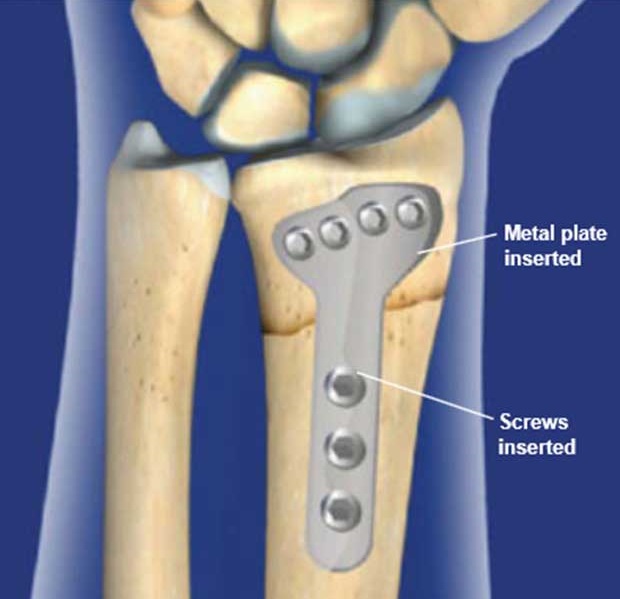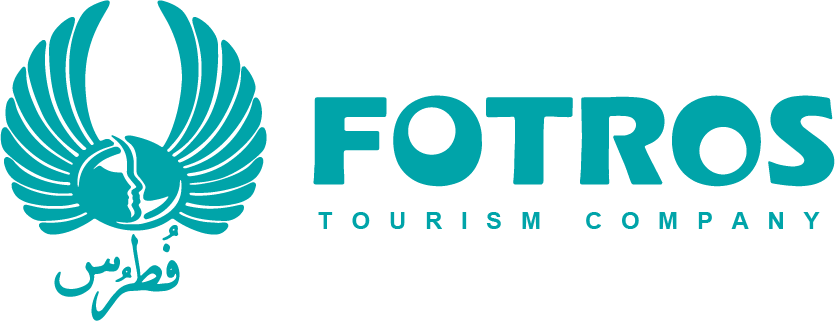
Medical Surgeries
Fracture Repair


Fracture repair is a medical procedure performed by orthopedic surgeons or other specialized healthcare professionals to treat broken or fractured bones. The specific approach to fracture repair can vary depending on the type and location of the fracture, but some common methods include:
Closed Reduction: In some cases, simple fractures can be realigned without surgery. This is called closed reduction, where the physician manipulates the broken bone back into its correct position without making an incision.
Open Reduction: For more complex fractures or when closed reduction is not possible, surgery may be required. This is known as open reduction. During this procedure, the surgeon makes an incision to access the broken bone and realign it. Hardware like screws, plates, or pins may be used to hold the bone in place while it heals.
External Fixation: In certain situations, external devices like a fixator frame may be used to stabilize the fracture. These devices have pins or wires that go through the skin to hold the bone fragments in place.
Internal Fixation: This involves the use of implants like screws, plates, or rods to stabilize the fracture from within the body. These implants can be made of various materials, such as metal or biodegradable substances.
Cast Immobilization: After a fracture is reduced or fixed, a cast is often applied to immobilize the bone and promote healing. Casts are typically made from materials like plaster or fiberglass.
Bone Grafting: In cases of severe fractures with bone loss or non-union (failure of the bone to heal), bone grafting may be required. This involves taking a piece of bone from one area of the body or using a donor graft to help support bone healing.
The specific method chosen depends on factors like the type and location of the fracture, the patient's age and overall health, and the preferences of the treating physician. Fracture repair aims to promote proper bone healing, restore function, and reduce pain and complications associated with broken bones. It is a common procedure in the field of orthopedic medicine.
Before Fracture Repair:
Medical Evaluation: Seek immediate medical attention when a fracture is suspected. The doctor will assess the extent of the injury through physical examination and imaging (X-rays, CT scans, etc.).
Immobilization: Before any medical intervention, immobilize the injured area. This can be done with splints, slings, or improvised materials like boards or rolled-up magazines to prevent further damage and minimize pain.
Pain Management: Over-the-counter pain relievers like acetaminophen or ibuprofen may be used to manage pain while waiting for medical care.
Avoid Weight-Bearing: If a lower limb is injured, avoid putting weight on it to prevent further damage.




After Fracture Repair:
Follow Medical Advice: Post-surgery or fracture setting, follow your doctor's instructions diligently. They may include medication, rehabilitation exercises, and wound care.
Immobilization: Depending on the type of fracture, you may need to wear a cast, splint, or brace to keep the bone in place. It's essential to keep these immobilizing devices clean and dry.
Pain Management: Continue taking prescribed pain medications as directed. Follow your doctor's advice regarding the duration and dosage.
Elevation: Elevating the injured limb, especially if it's a limb fracture, can help reduce swelling.
Nutrition: Consume a balanced diet rich in calcium and vitamin D to promote bone healing and overall health.
Physical Therapy: If recommended by your doctor, engage in physical therapy to regain strength and mobility. This can help prevent muscle atrophy and joint stiffness.
Hygiene and Wound Care: If you have an open fracture or surgical wound, keep it clean and follow your healthcare provider's instructions for dressing changes.
Supportive Devices: Assistive devices such as crutches, walkers, or canes may be necessary for mobility while the fracture heals.
Follow-Up Appointments: Attend all follow-up appointments with your healthcare provider to monitor the healing progress and make any necessary adjustments to your treatment plan.
Weight-Bearing Progression: As your fracture heals, your doctor will advise on when it's safe to start putting weight on the injured limb or using it more normally.
Avoid Smoking and Excessive Alcohol: These habits can slow down the healing process.
Psychological Support: Coping with a fracture and the recovery process can be challenging. Seek emotional support from friends, family, or a mental health professional if needed.
It's crucial to adhere to your doctor's advice and any specific guidelines provided for your unique fracture. Prompt and proper care before and after a fracture repair can significantly impact the healing process and your long-term recovery.




Our services include:
![]() our online services include: quotes and consultation
our online services include: quotes and consultation
![]() Planning the highest word-level medical trips and quality hospitals and medical centers according to the patient's request and budget.
Planning the highest word-level medical trips and quality hospitals and medical centers according to the patient's request and budget.
![]() Appointing treatments by the most skilled and experienced doctors.
Appointing treatments by the most skilled and experienced doctors.
![]() Airport pick-up/drop off, check-ups, accompanying translator, book hotel (for patients and their families)
Airport pick-up/drop off, check-ups, accompanying translator, book hotel (for patients and their families)
![]() Pre-hospitalization / post-hospitalization care services
Pre-hospitalization / post-hospitalization care services
All-Inclusive Medical Travel Packages
based on your budget, our team will assist you in choosing the best hotels, doctors, and medical centers. Our packages include:
 Airport Pickup Services
Airport Pickup Services Airport Dropoff services
Airport Dropoff services Hotel
Hotel Ticket
Ticket visa
visa translator
translator Transfer
Transfer SIM Card
SIM Card Sightseeing
Sightseeing


 why Iran
why Iran
Patients may choose to have abdominoplasty (commonly known as a tummy tuck) in Iran for a variety of reasons
Cost, Quality of Care, Privacy and Discretion, Combined Tourism, no Waiting Times
![]()
Fotros is an Iranian health tourism company with a professional team consisting of a support team and word-level doctors in medical and cosmetic surgeries like Neurosurgery, Rhinoplasty, Breast cosmetic surgeries, Liposuction, tummy tuck, etc.










 why Iran
why Iran